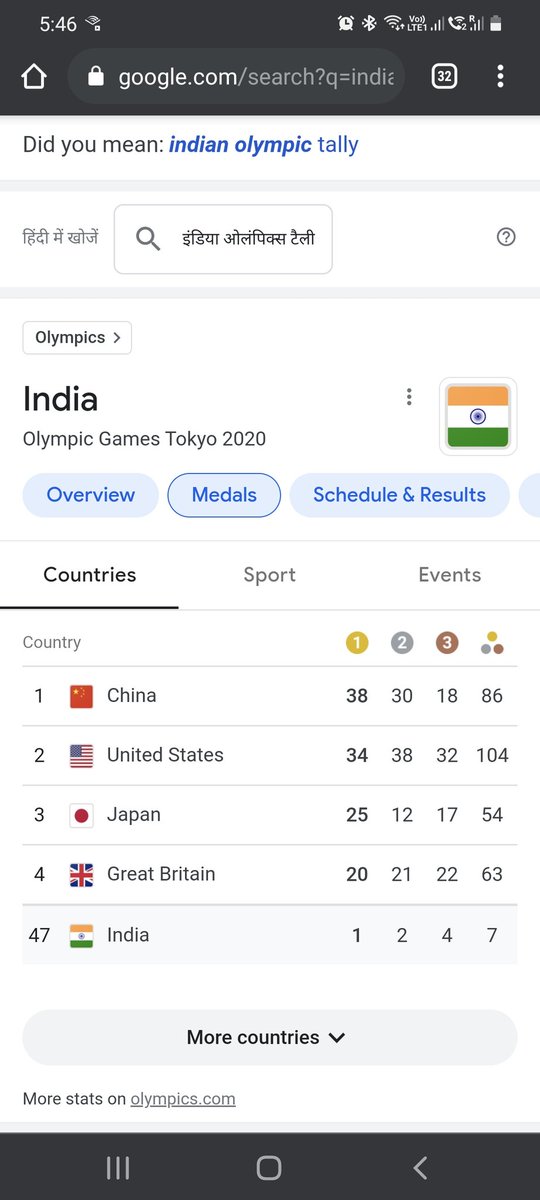
There's a couple of key changes happening in the consumer facing FMCG brands which I think investors need to taje notice of and think about. Investors of #itc #hul #britannia need to think carefully about this. 👇👇
1️⃣ The retailer is becoming ecommerce heavy. Ex: I buy all my grocery on Tata big basket or Amazon. To me this represents a change in power dynamics across the value chain. The ability of Amazon or big basket to bargain is far higher than an offline only limited space distributor
Or a mom and pop front end kirana store. Now how fast this shows up in numbers and depresses working capital for brands is a function of market share of e-retail vs that of offline retail. I'd definitely track this if I were invested in the consumer facing brands.
2️⃣ traditional retailers have limited consumer facing shelf space which is generally at premium real estate locations. This means that there is a clear advantage to the retailer to only keeping top K brands. eCommerce is changing that.
Companies like Amazon and flipkart are changing that notion because the consumer facing real estate is practically infinite. It's an app. This means that private equity funded direct to consumer brands that want to give larger chunk of profits to retailer can do so.
As an anecdote of the rise of new brands:
For many years tops, mother's recipe and similar brands had a practical monopoly over pickles. These days im seeing a lit more new brands on big basket like organic nation, indi-secrets etc and as a pickle connoisseur I can vouch that..
For many years tops, mother's recipe and similar brands had a practical monopoly over pickles. These days im seeing a lit more new brands on big basket like organic nation, indi-secrets etc and as a pickle connoisseur I can vouch that..
The newer brands offer a differentiated product that I personally prefer.
Tops and mothers recipe are ready to be disrupted. So are your favorite brands, unless they have a force of nature behind them (eg: tata brands on big basket).
Worth thinking about and keeping in mind.
Tops and mothers recipe are ready to be disrupted. So are your favorite brands, unless they have a force of nature behind them (eg: tata brands on big basket).
Worth thinking about and keeping in mind.
• • •
Missing some Tweet in this thread? You can try to
force a refresh








